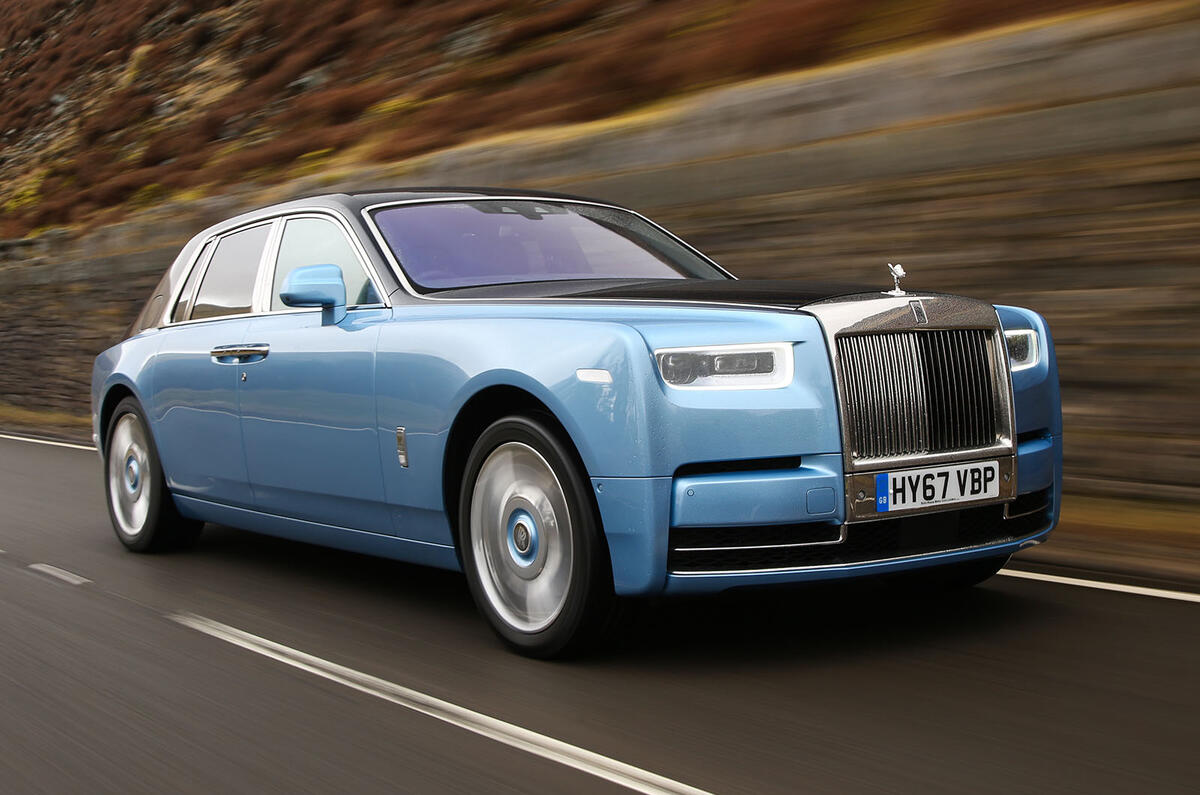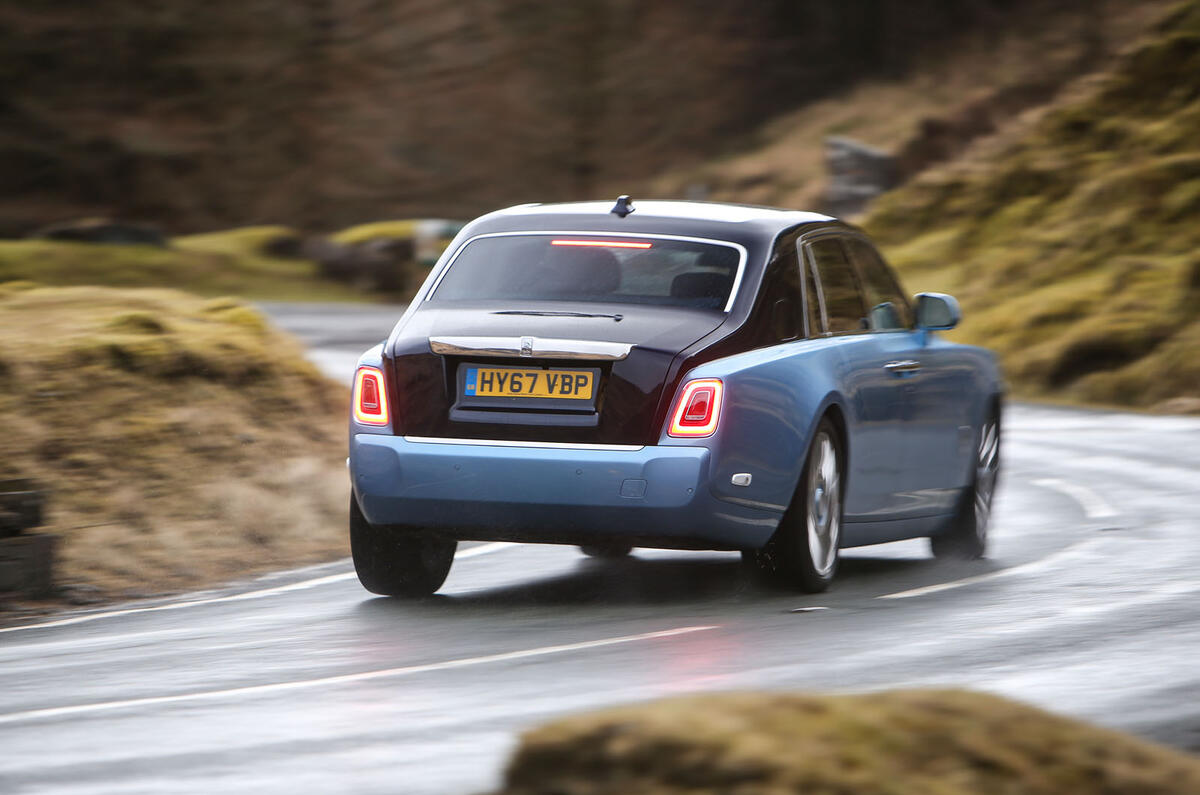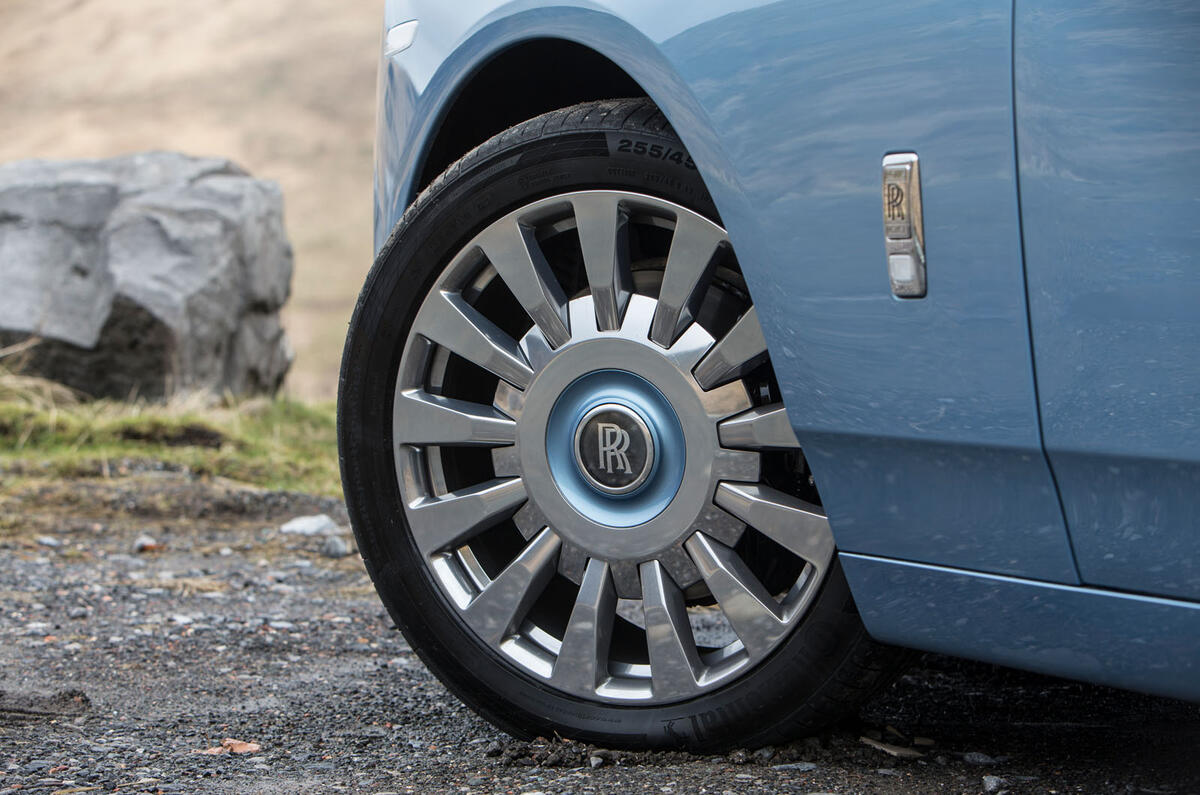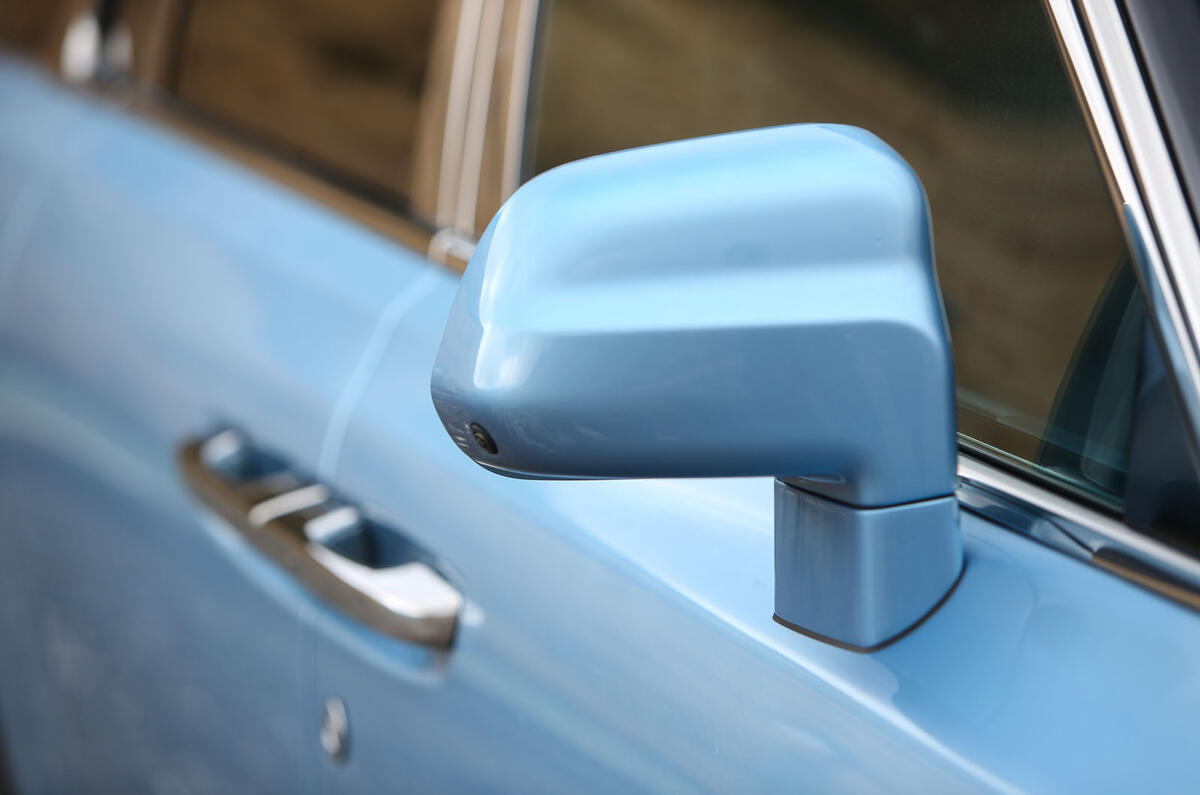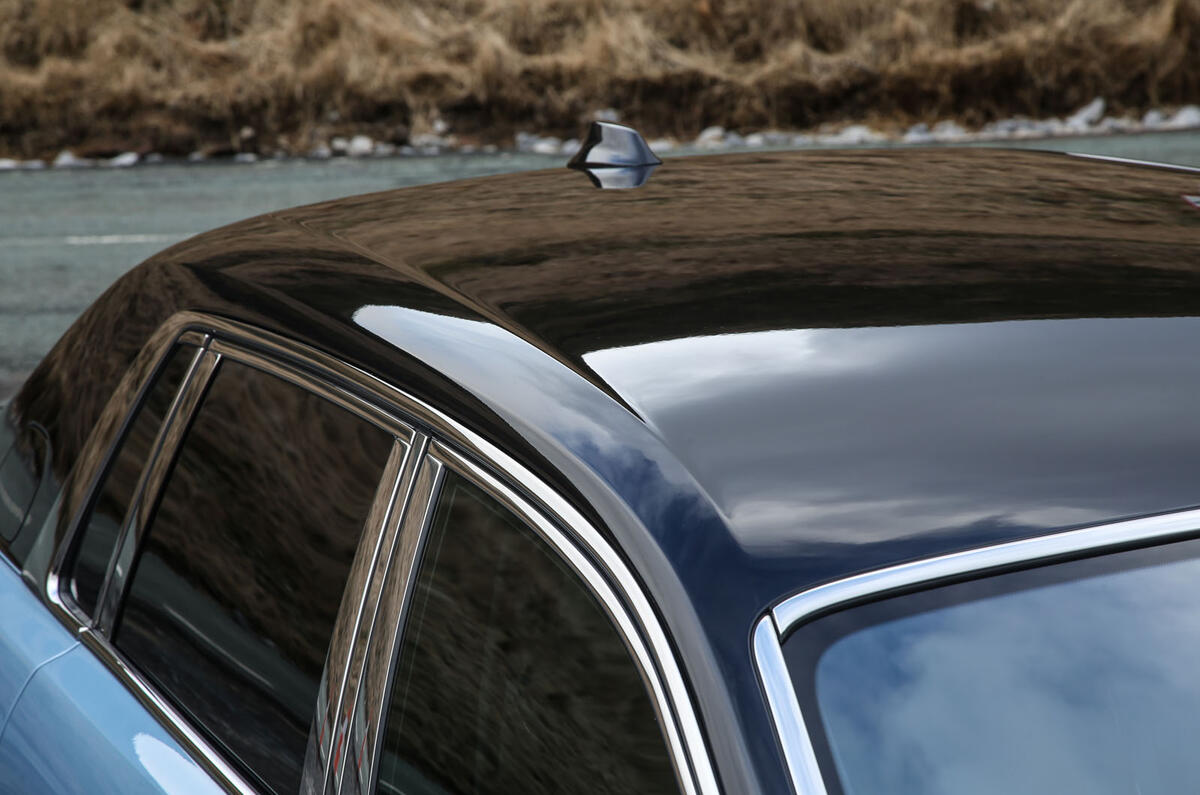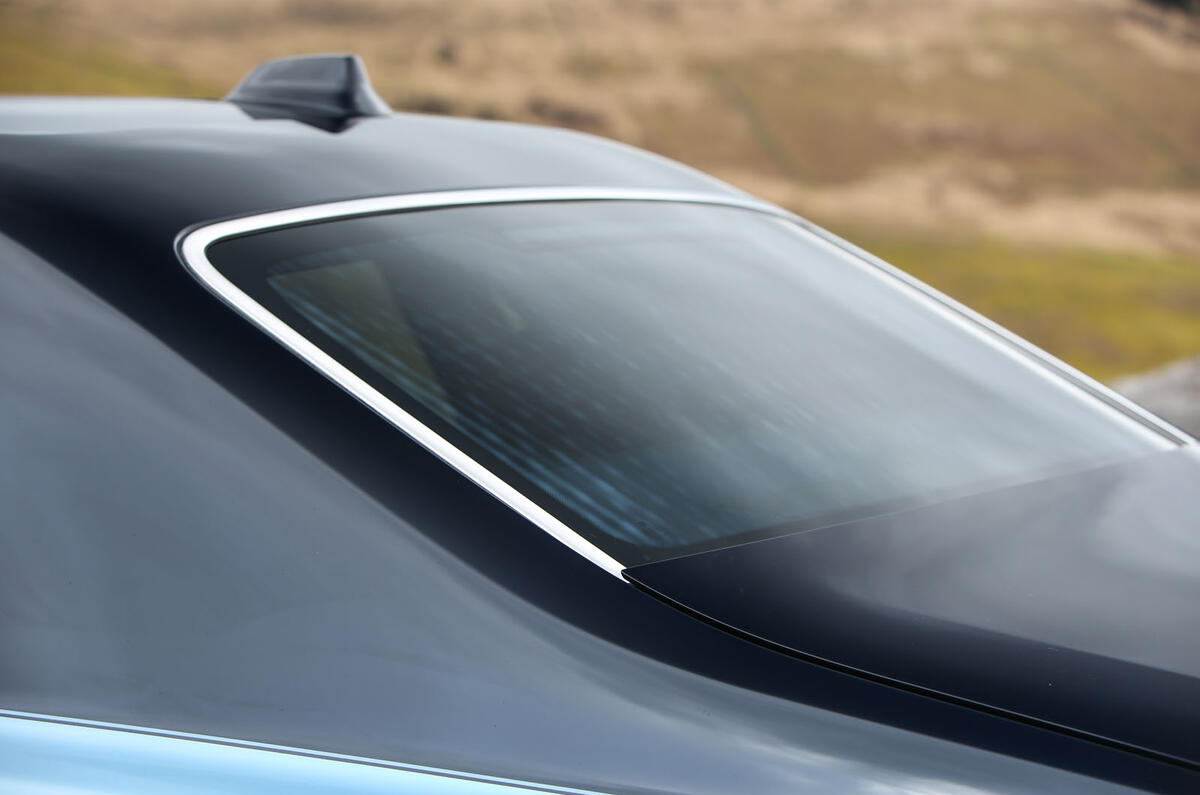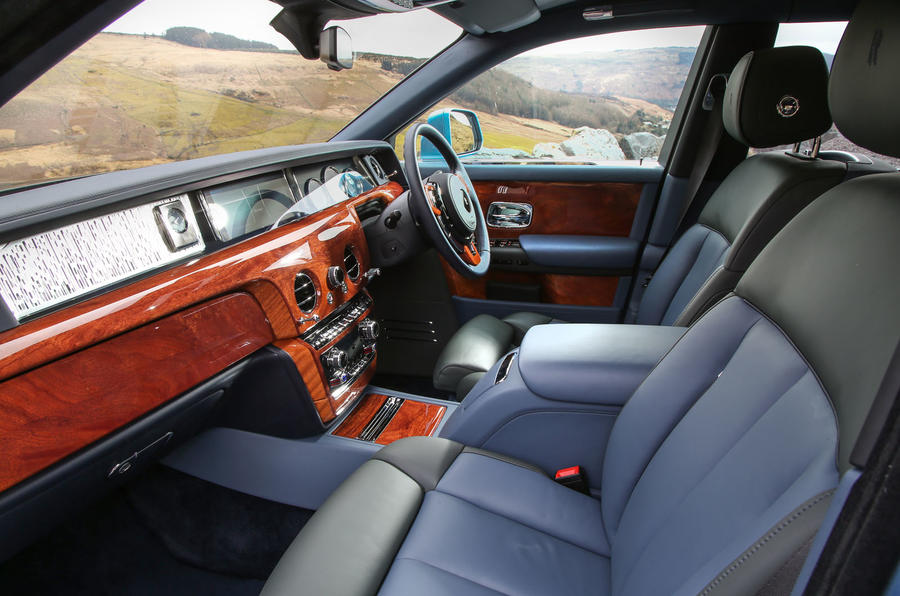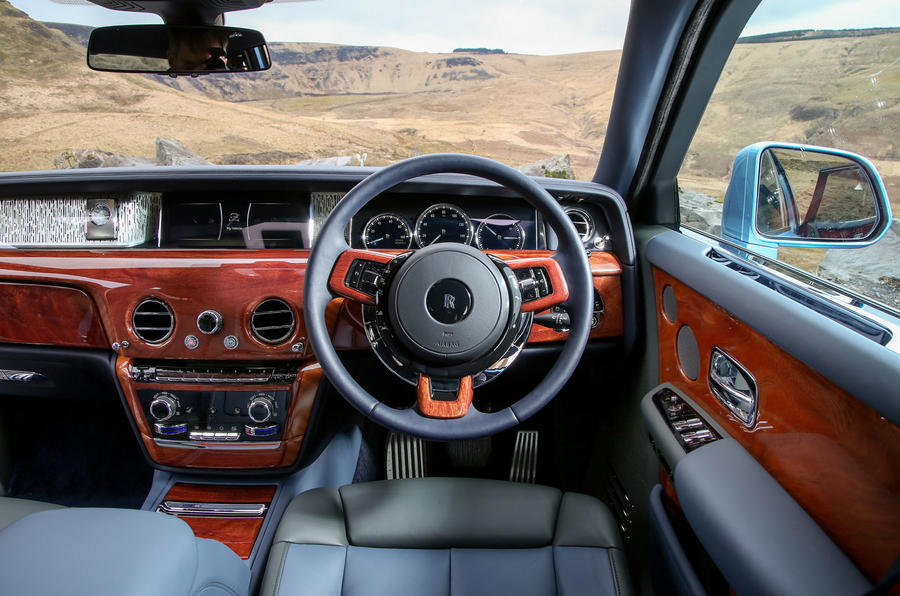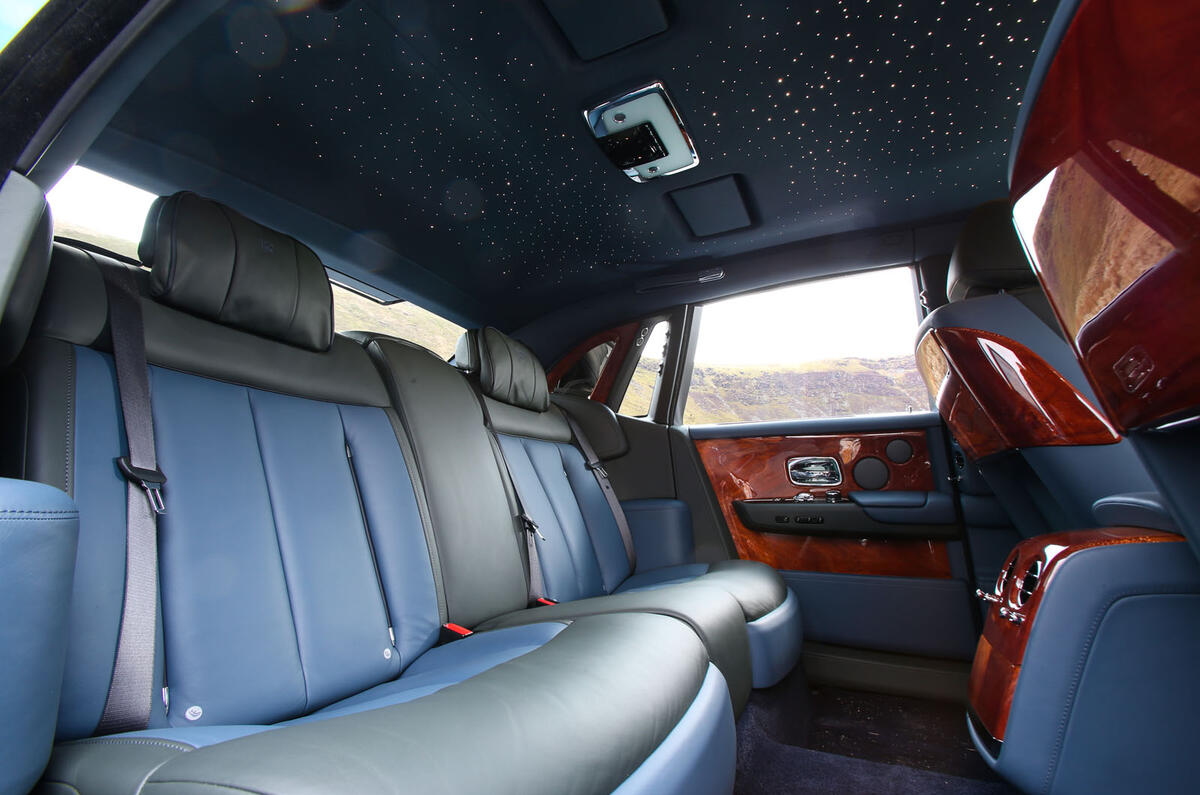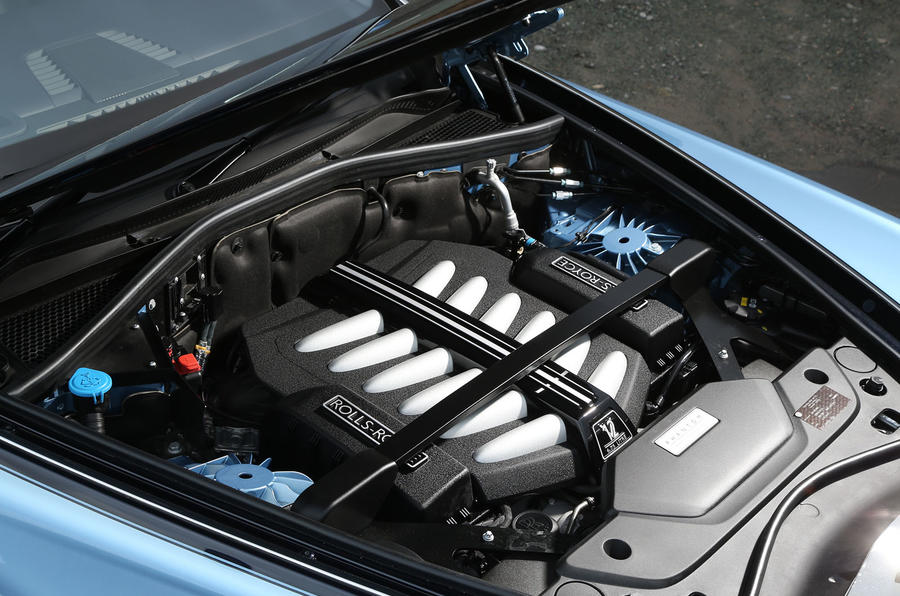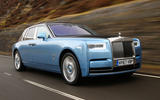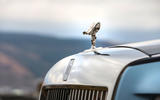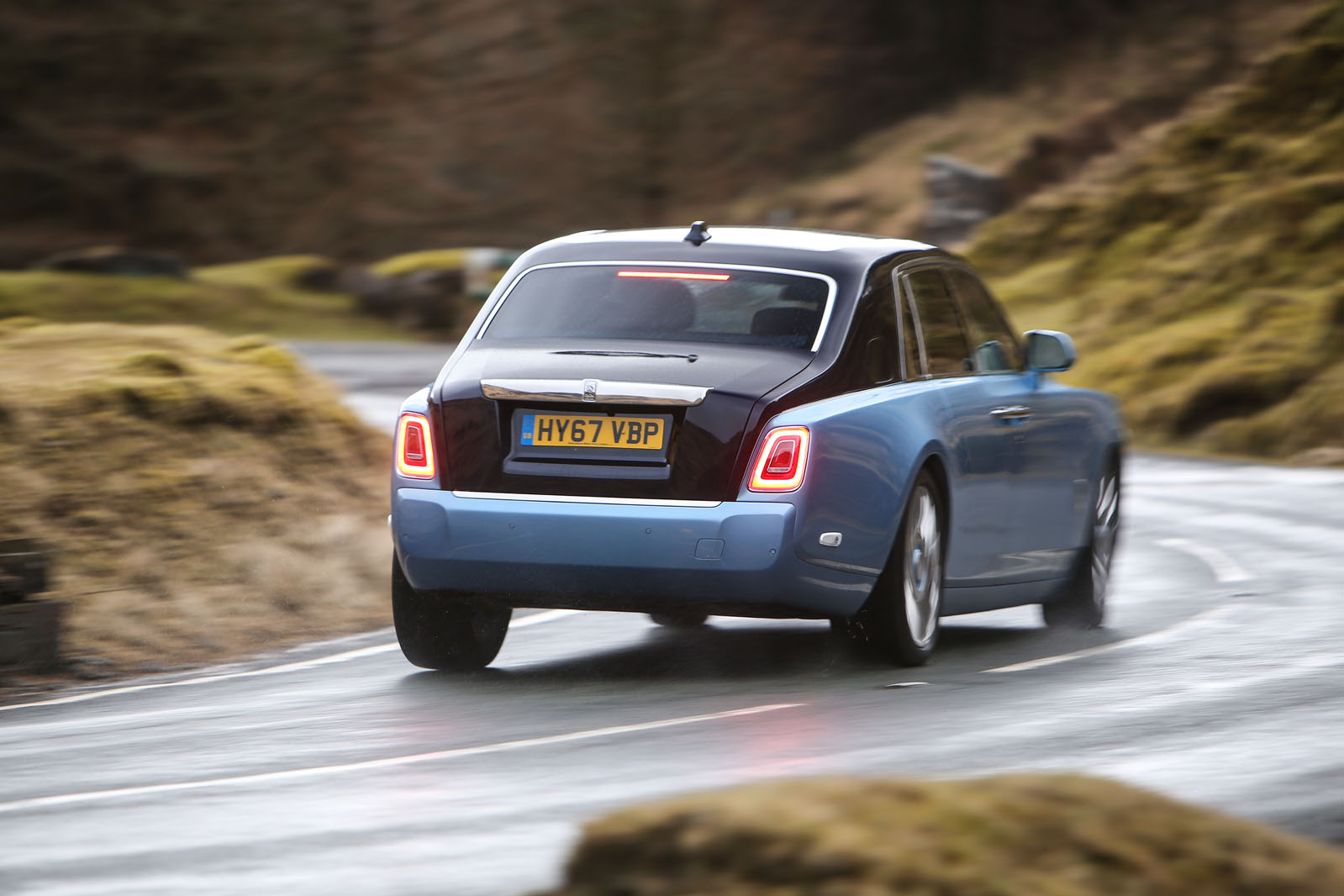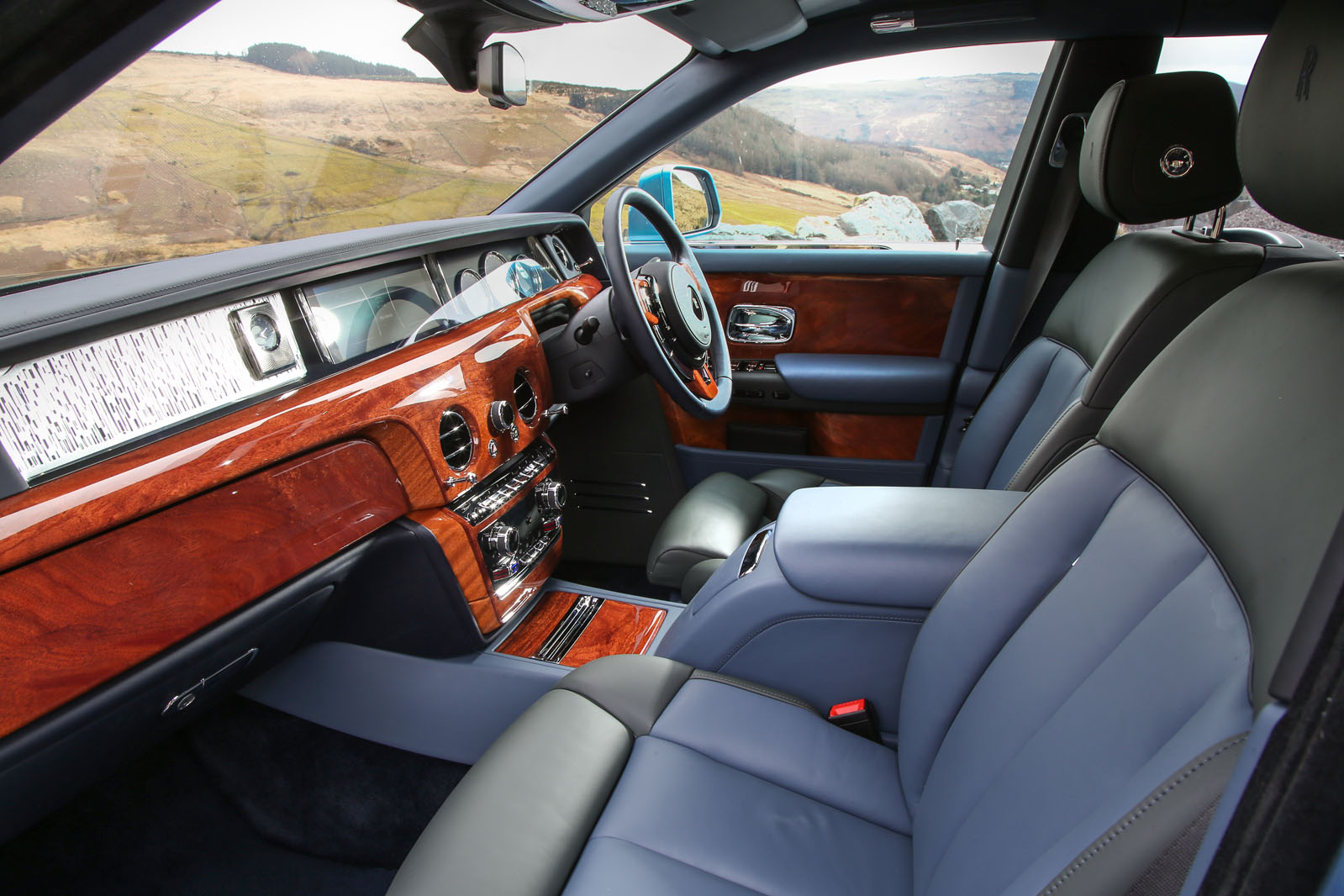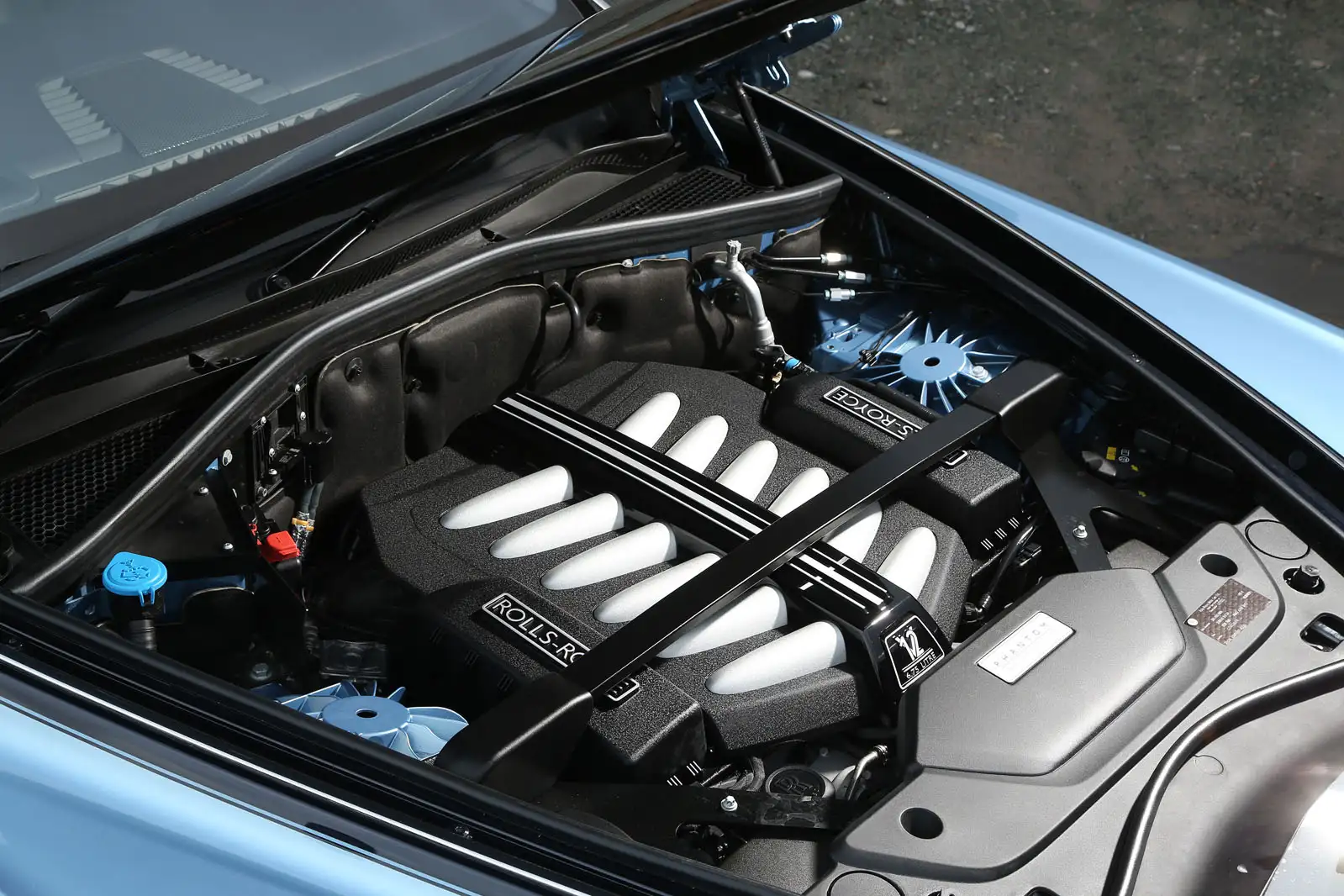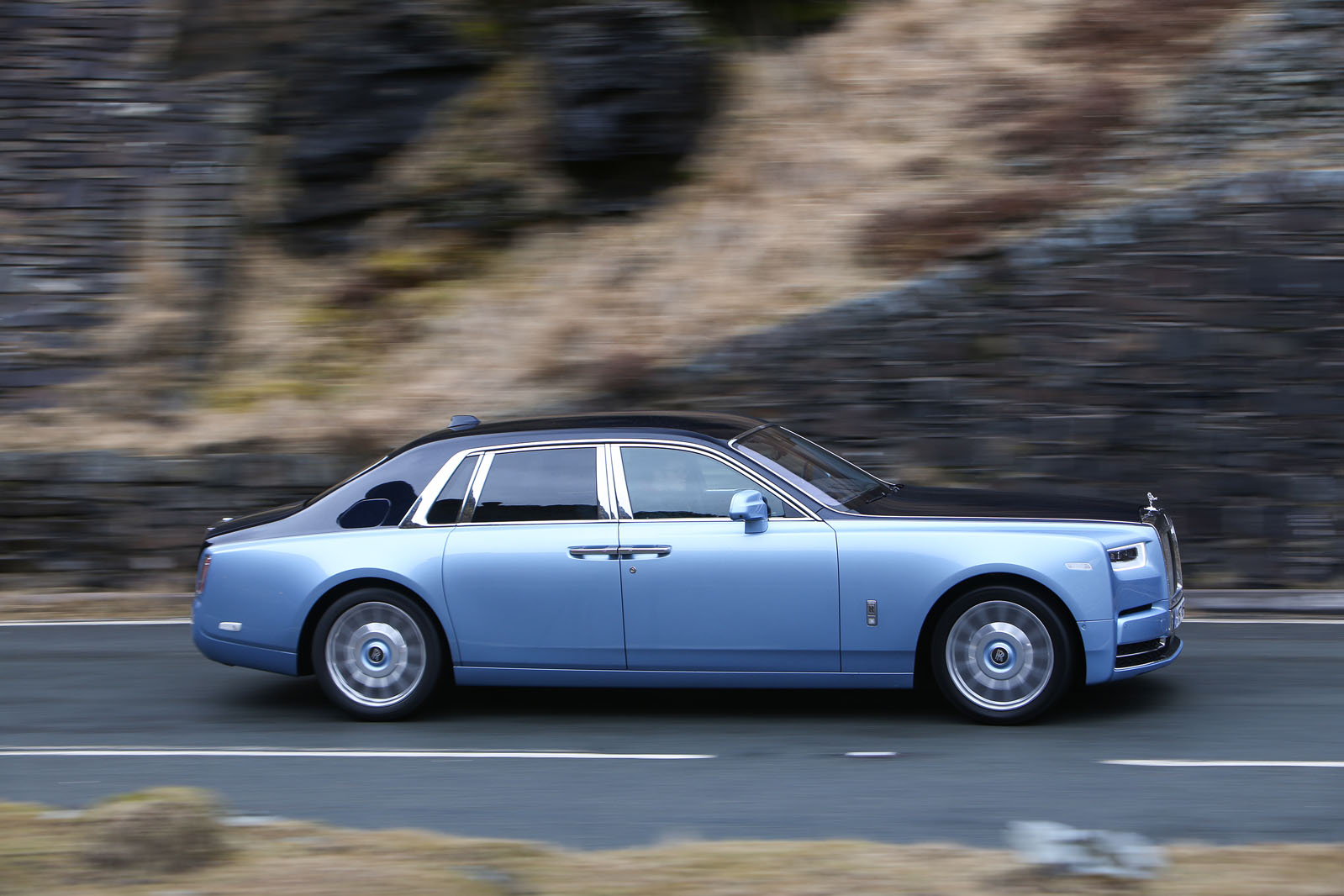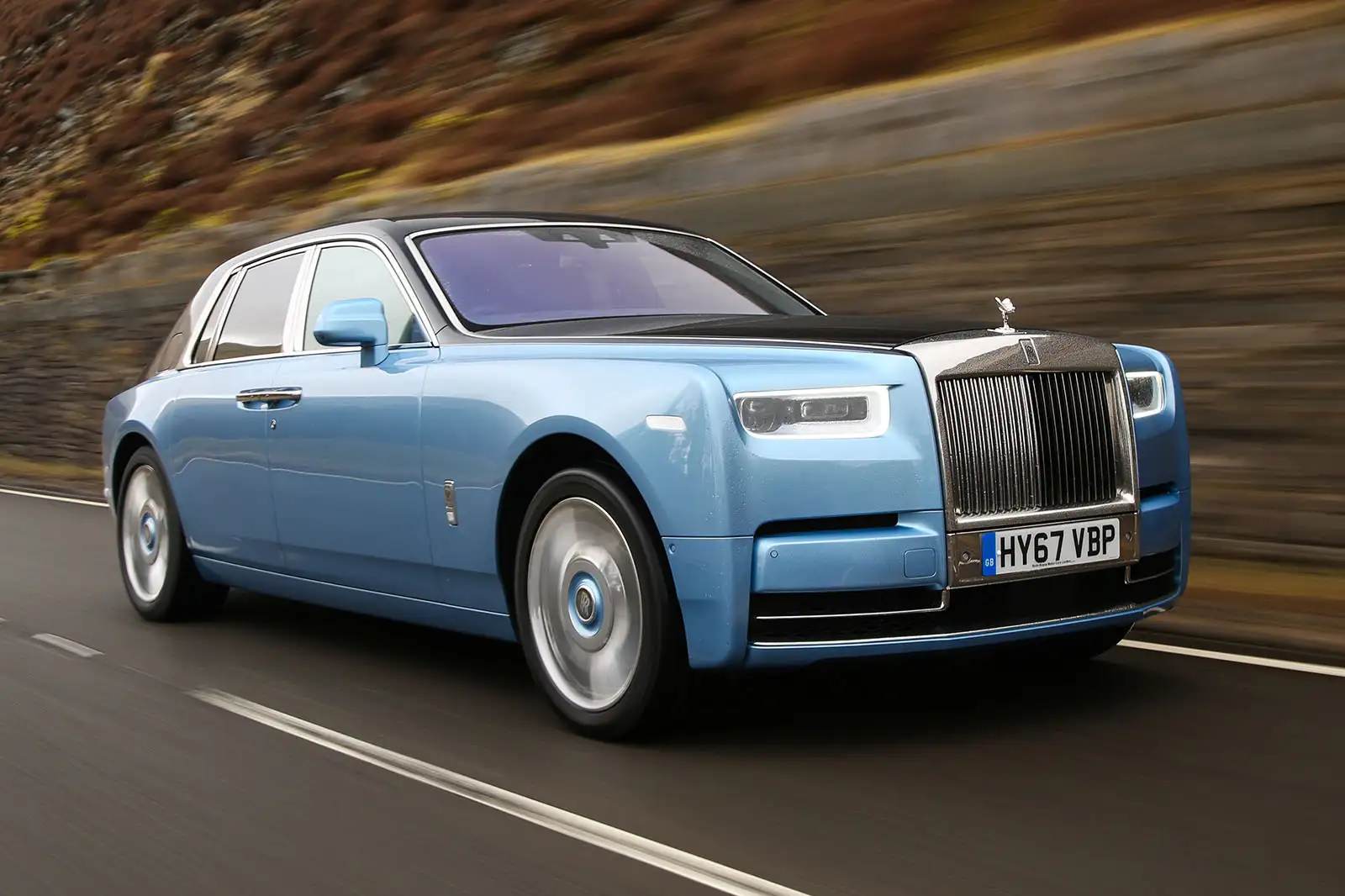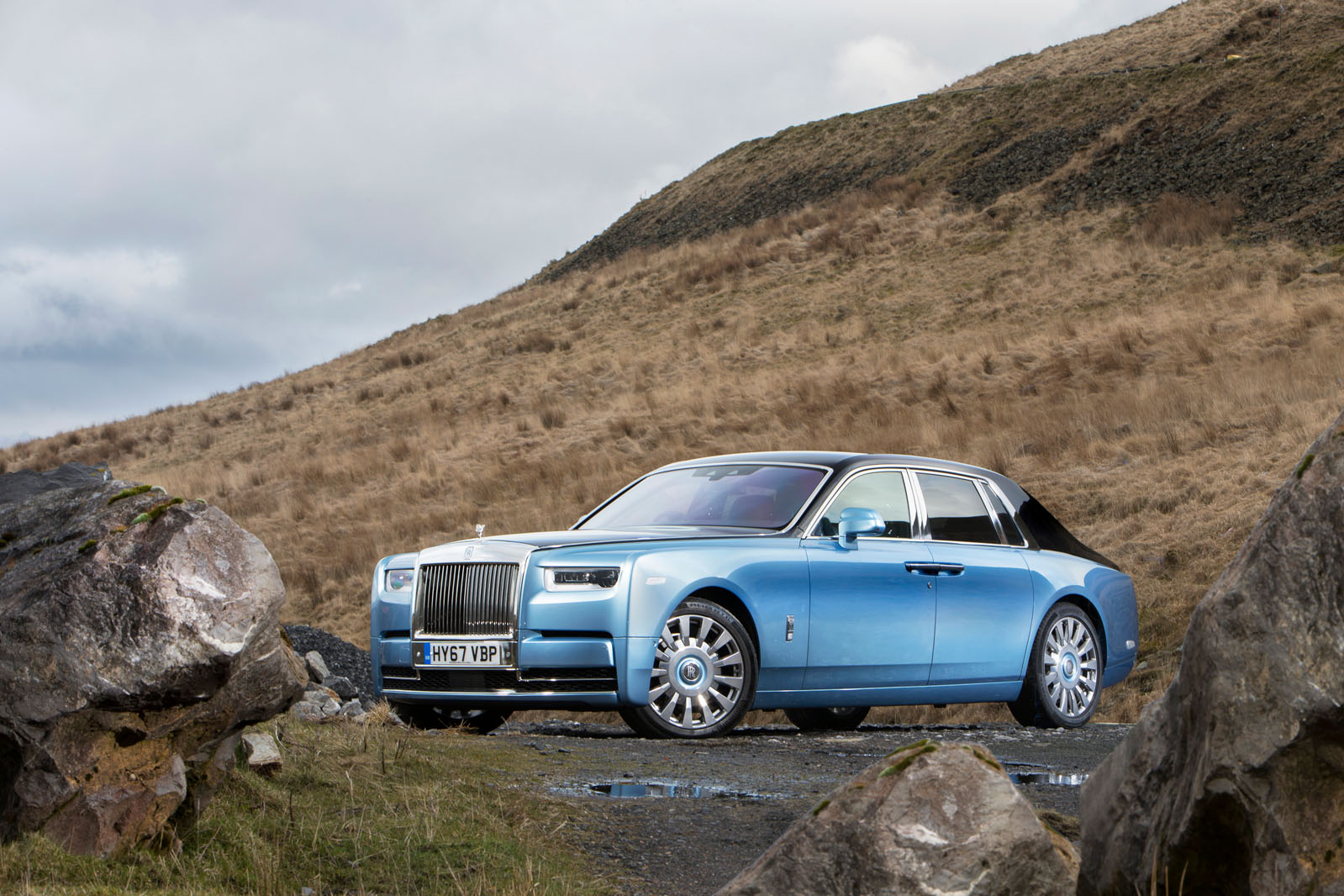Whether you’re entering the Phantom by the front or the rear-hinged coach rear door, you open it with a large, solid and tactile stainless steel door handle. Both front and rear doors will now close automatically behind you at the touch of a button. (Previously, only the Phantom’s rear doors did that.)
The same motor mechanism doubles as an intelligent stay for each closure, keeping it at precisely the angle at which you left it on your way in and out, until you’re ready for it to close; as if it were being held by an invisible chauffeur.
Whether Phantom ‘patrons’ (a word Rolls-Royce prefers to owners, customers or drivers) choose to drive or be driven, they’ll settle into an environment of such richness, grandness and comfort that very few other cars in the world really compare. After you stride on board, you step backwards into the car’s back seats, as if being ushered into some vintage carriage, where you’ll find greater leg and head room, as measured by us, than in either a long-wheelbase Mercedes-Benz S-Class or a Bentley Mulsanne. That, it should be noted, is before the option of adding another 220mm to the car’s wheelbase and associated cabin length in the EWB version, should you want to. Clearly, you’re extremely unlikely to need to.
There are four options available on back seat orientation: a standard rear bench with a folding armrest and a middle seatbelt; two individual seats and a larger fixed centre console; special two-seat ‘lounge’ rear bench; and a set-up with one of the chairs capable of motoring flat into a ‘sleeping seat’. Our test car had the standard set-up but even here the layout felt extraordinarily special, the outer seats being angled inboard slightly so as to make for easier conversation between passengers.
Mirrors are integrated into the inner C-pillar panels to allow you to check that your evening dress looks neat, and you’ll find crystal champagne flutes and a chiller integrated where the ski hatch might otherwise be.
Up front, the driving position is loftier than you may expect, but chiefly only because this is such a large car and needs to be kept in proportion. The driver sits at a steering wheel that’s probably three or four inches larger in diameter than the average saloon’s, and in front of a beautiful glass-encased ‘gallery’ dashboard that includes a fully digital instrument screen garnished with chrome dials.
Rolls-Royce isn’t a company that rushes to integrate the very latest in-car entertainment systems, principally because treating on-board technology discreetly is key to the production of the brand’s all-important 1920s ‘golden age’ luxury identity. The cabin feels like an oasis away from the strains of the modern world more than anything.
That’s why the car’s BMW iDrive-style rotary infotainment controller comes in a console you can fold away; why the car’s main multimedia screen also motors out of sight when not in use; and why the rear multimedia screens are concealed behind its stowed picnic tables.
Not that the Goodwood manufacturer can afford not to cater for modern tech-savvy tastes – which is why the Phantom comes with an on-board 4G wi-fi hotspot and the full suite of BMW Group web-connected music and media streaming options, and, in our test car’s case, a TV tuner. You can, in short, interact with the outside world as much or as little as you want from the back seat of this car.
Rolls-Royce makes bold claims about the authenticity of the cabin’s materials, insisting that every knob, button, surface and switch that looks like it’s steel, glass, wood or leather really is the material your eyes tell you it is. And in almost every case, that’s believable. Our test car’s mahogany panelling was a particular highlight, especially on its rear picnic tables, and its polished steel air vents likewise.
In a handful of places – the window switches and some of the ventilation controls – what looks like metal doesn’t feel totally convincing as such, but the Phantom’s overarching standard on material quality, both on the eye and under the fingertip, is breathtakingly good.


